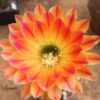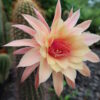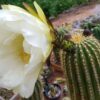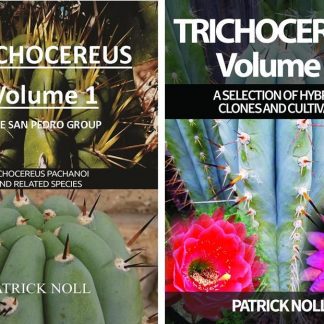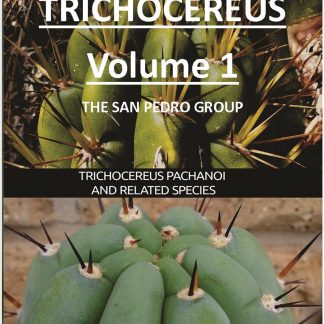Cactus Seeds & Books (Echinopsis, Lobivia, Trichocereus, Soehrensia)
Showing 1–12 of 47 results
-
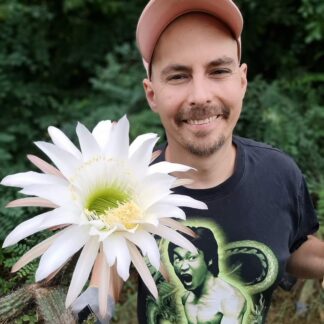
Giftcards (1)
-
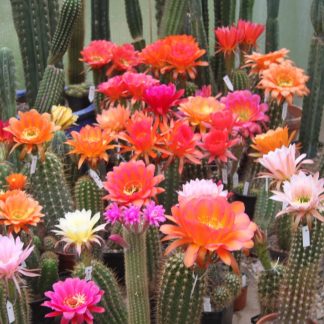
Seeds / Samen (43)
-
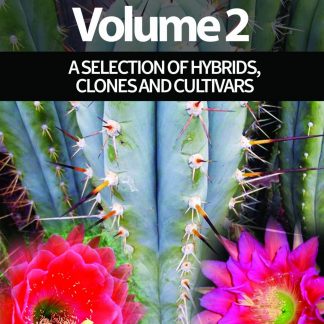
Books (3)
-
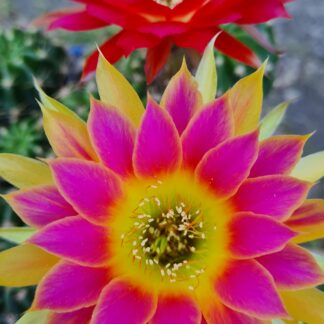
2023 Full Season Pack (125 different cactus crosses)
500,00 €Versandkosten plus Shipping Costs
Buy/Rechtsverbindlich kaufen -
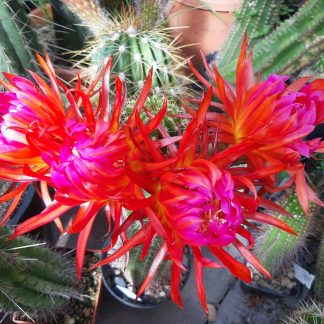
Cactus Seeds CLAW x FEATHERS
4,00 €Versandkosten plus Shipping Costs
Buy/Rechtsverbindlich kaufen -

Cactus Seeds Lobivia Hybrid ANEMONE x DESSAU
3,00 €Versandkosten plus Shipping Costs
Buy/Rechtsverbindlich kaufen -
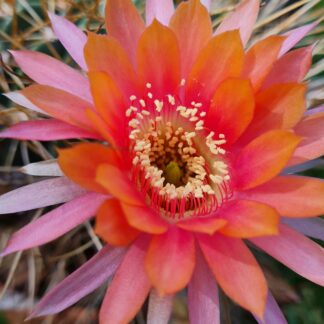
Cactus Seeds Lobivia ferox R209 x (Lobivia winteriana x Subdenudata)
Buy/Rechtsverbindlich kaufen -
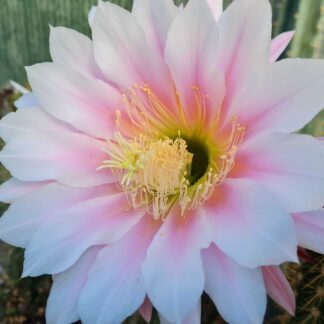
Cactus Seeds Purple Eye x (Gräsers Erfolg SB x Cantora Gelb)
4,00 €Versandkosten plus Shipping Costs
Buy/Rechtsverbindlich kaufen -
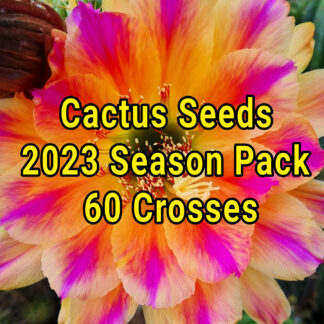
Cactus Seeds 2023 Season Pack (60 different crosses)
200,00 €Versandkosten plus Shipping Costs
Buy/Rechtsverbindlich kaufen -
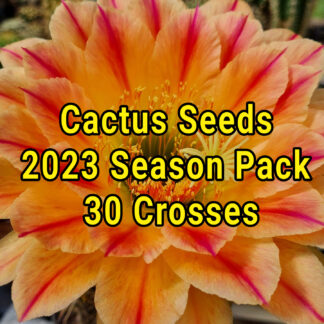
Cactus Seeds 2023 Season Pack (30 different crosses)
100,00 €Versandkosten plus Shipping Costs
Buy/Rechtsverbindlich kaufen -
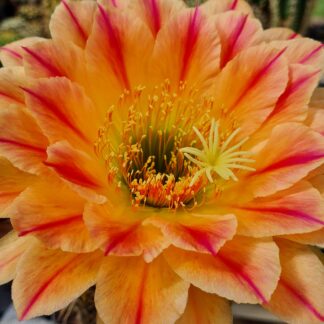
Cactus Seeds (Candicans/Buena Vista x Wörlitz) x Liskes Feuerzauber
4,00 €Versandkosten plus Shipping Costs
Buy/Rechtsverbindlich kaufen -

Cactus Seeds Soehrensia fabrisii x SPIRIT OF FULDA
4,00 €Versandkosten plus Shipping Costs
Buy/Rechtsverbindlich kaufen -
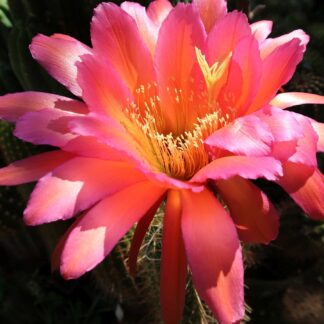
Cactus Seeds (Gräsers Schönste x Sonnenglut) x (Flying Dragon x RL.1433 Cantora)
4,00 €Versandkosten plus Shipping Costs
Buy/Rechtsverbindlich kaufen -
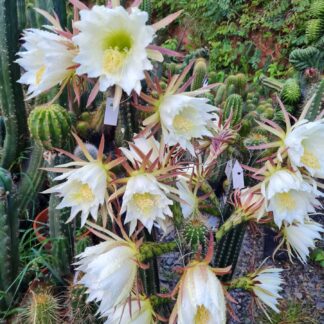
Cactus Seeds Soehrensia arboricola x Multihybrid Angelo
4,00 €Versandkosten plus Shipping Costs
Buy/Rechtsverbindlich kaufen -
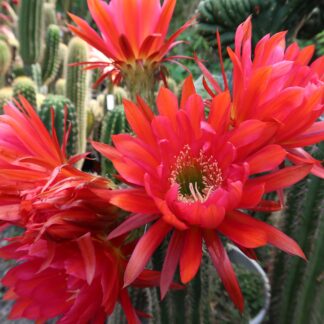
Cactus Seeds CLAW x Multihybrid ANGELO
4,00 €Versandkosten plus Shipping Costs
Buy/Rechtsverbindlich kaufen
Showing 1–12 of 47 results



